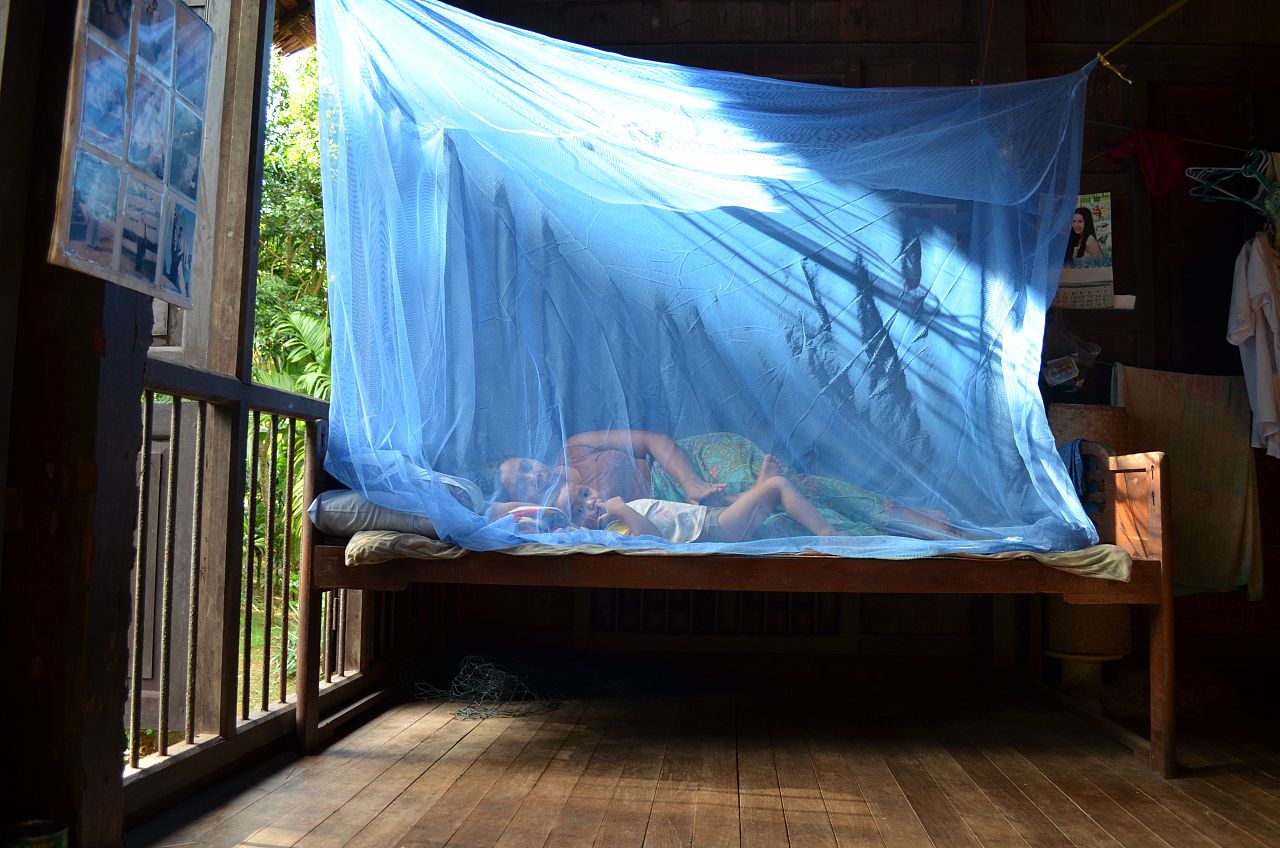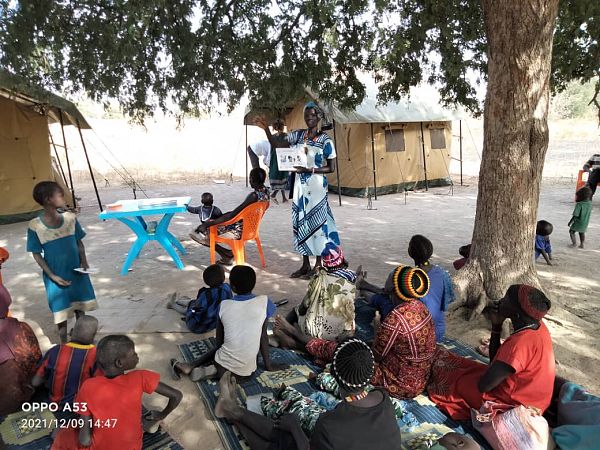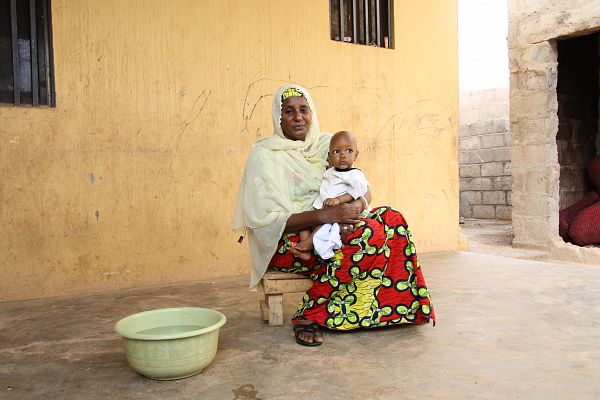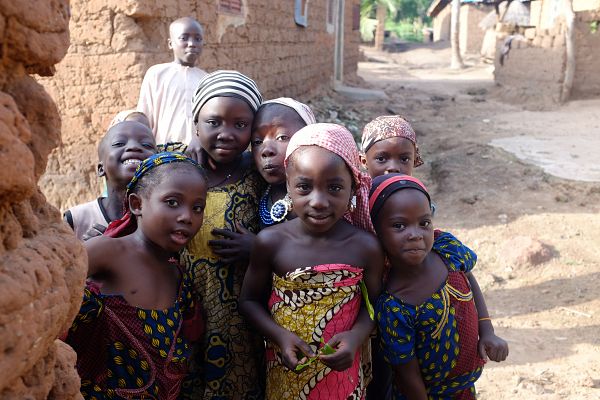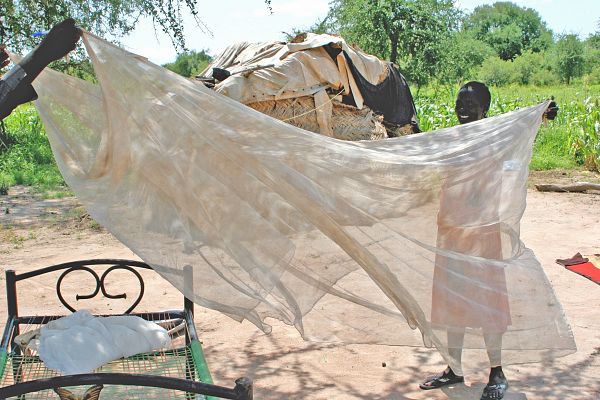Malaria
Malaria is an infectious disease that, despite being preventable and treatable, threatens the lives of 3.2 billion people around the world. Every year the disease accounts for hundreds of thousands of deaths, the majority of which are in sub-Saharan Africa. Pregnant women and children under five years of age are especially susceptible to contracting malaria.
Since 2003, Malaria Consortium has had a presence in countries across Africa and Asia – working in partnership with communities, governments and non-governmental organisations to control and, where possible, drive towards eliminating malaria. We demonstrate expertise, developed over decades, in all aspects of malaria control and elimination, as well as integrated community case management (iCCM) and community engagement approaches to reduce the burden of malaria.
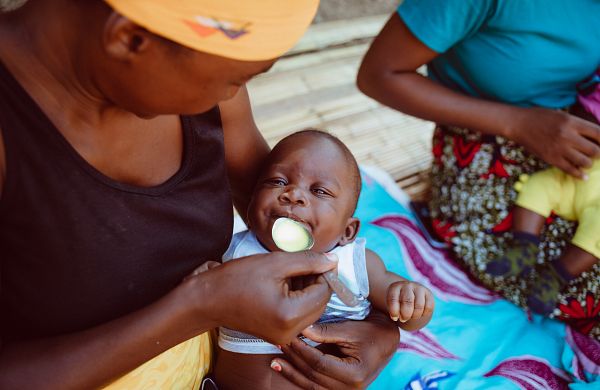
Seasonal malaria chemoprevention
Seasonal malaria chemoprevention (SMC) is a highly effective intervention to prevent malaria. It involves administering monthly doses of antimalarial drugs to children aged three to 59 months during peak malaria transmission seasons.
In practice: Malaria Consortium is a leading implementer of SMC, having been a primary actor in initial pilots from 2013-2014. Our SMC programme implemented in Burkina Faso, Chad, Mozambique, Nigeria, South Sudan, Togo and Uganda is top rated by GiveWell for its cost-effectiveness. We are also providing technical assistance for SMC in Côte d'Ivoire.
Learn more
Controlling malaria vectors to limit the spread
Limiting the ability of mosquitoes or other insects to spread disease in endemic areas is one of the core strategies to control and eliminate malaria and other vector-borne diseases such as dengue and lymphatic filariasis.
In practice: We take on a range of vector control activities and continuously look for new and innovative ways to prevent vectors from transmitting diseases to humans.
In practice: We are also Co-Chair and Technical Lead of the Asia Pacific Malaria Elimination Network (APMEN) Vector Control Working Group, supporting countries to monitor their vector surveillance and control strategies.
Learn more
Improving surveillance for targeted approaches
Decision-makers can lead and manage malaria programmes more effectively by providing timely, useful health-related data through health surveillance and monitoring and evaluation systems. We work with governments to improve the quality and accessibility of routine health information by using digital tools and approaches that strengthen the linkages between case-level data and national health information systems.
In practice: In Nigeria, we undertook malaria surveillance strengthening activities, organising quarterly data quality assurance activities for staff, and bi-monthly data-validation meetings to monitor and improve data reporting to help make informed decisions.
Learn more
Supporting cost-effective interventions
Essential malaria control methods including the distribution of long-lasting insecticidal nets (LLINs) are among the most widespread and cost-effective prevention methods used to combat malaria, which remains the leading cause of morbidity and mortality.
In practice: In South Sudan, to ensure that communities continued to receive LLINs in Warrap state in 2020 during the COVID-19 pandemic, we implemented a range of timely and context-specific adaptations.
Learn more
Integrating essential healthcare provisions for pregnant women
Pregnant women are particularly susceptible to malaria; contracting malaria during pregnancy can risk maternal anaemia, miscarriage, stillbirth, prematurity and low birth-weight babies. We actively seek opportunities to integrate maternal and neonatal care services into our work, particularly through our roll out of community-based health care and case management.
In practice: Our work in South Sudan helps to bridge the gap for accessing healthcare for pregnant women and children in flood-affected communities.
Learn more
Reducing malaria morbidity in infants
Children under five years old are at risk of severe malaria. To prevent malaria and reduce malaria morbidity and mortality in infants, the World Health Organization (WHO) recommends perennial malaria chemoprevention (PMC) with sulfadoxine-pyrimethamine (SP) in areas with moderate to high malaria transmission, yet only one country has adopted the strategy as national policy.
In practice: In Nigeria, we are carrying out a study to assess the operational feasibility of perennial malaria chemoprevention (PMC) – previously referred to as intermittent preventive treatment in infants (IPti) – with sulfadoxine-pyrimethamine (SP).
Learn more
Global strategy for malaria control
Thanks, in part, to the global commitment and funding to achieve the Millennium Development Goals set out in 2000 and the subsequent Global Goals for Sustainable Development (SDGs) which followed in 2016, millions of potential malaria deaths were averted – mostly in children under five. However, progress against the disease has stalled in recent years and malaria still accounts for almost eight percent of under five deaths annually.
In practice: We are committed to achieving the Global Goals for Sustainable Development (SDGs) and align our expertise in strengthening health systems and approaches to malaria control in Africa and Asia to the two core strategies guiding the SDGs’ malaria control and elimination efforts – the World Health Organization’s Global Technical Strategy for Malaria and Roll Back Malaria’s Action and Investment to Defeat Malaria.
Learn more
